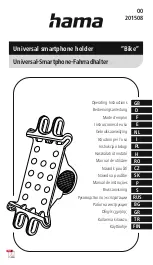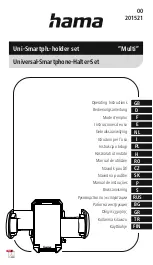
Technical Reference
⚫
49
Technical Reference
Dielectric properties
When an electric field passes through a material (such as soil)
some of the energy in the field is transmitted (unchanged), some
is reflected, some is stored and finally some is absorbed and
converted into heat.
The extent to which each of these occurs within a particular
material is determined by its
dielectric properties
. These are
quantified by a parameter called the relative electrical
permittivity
(
)
of a material which characterises its response to
the polarising effect of an applied electric field.
It is usually represented as a complex number,
−
=
j
[1.]
where the real part of the permittivity,
, represents the energy
stored, and the imaginary component,
, represents the total
energy absorption or loss. Both values are frequency and
temperature dependent.
For a static electric
field the real part of the permittivity,
, is
often referred to as the dielectric constant.
The energy losses include dielectric loss,
d
, and loss by ionic
conduction:
0
i
d
EC
+
=
[2.]
where
EC
i
is the specific ionic conductivity of the material and
is the radian frequency in rad s
-1
. The frequency in Hz of the
applied electric
field is
f =
/
2
.
The permittivity for free space is
0
= 8.854 10
-12
F m
-1
.
Note: in the remainder of this theory we’ve used the symbol
instead of
EC
for the electrical conductivity, in order to simplify
the appearance of the equations.
















































